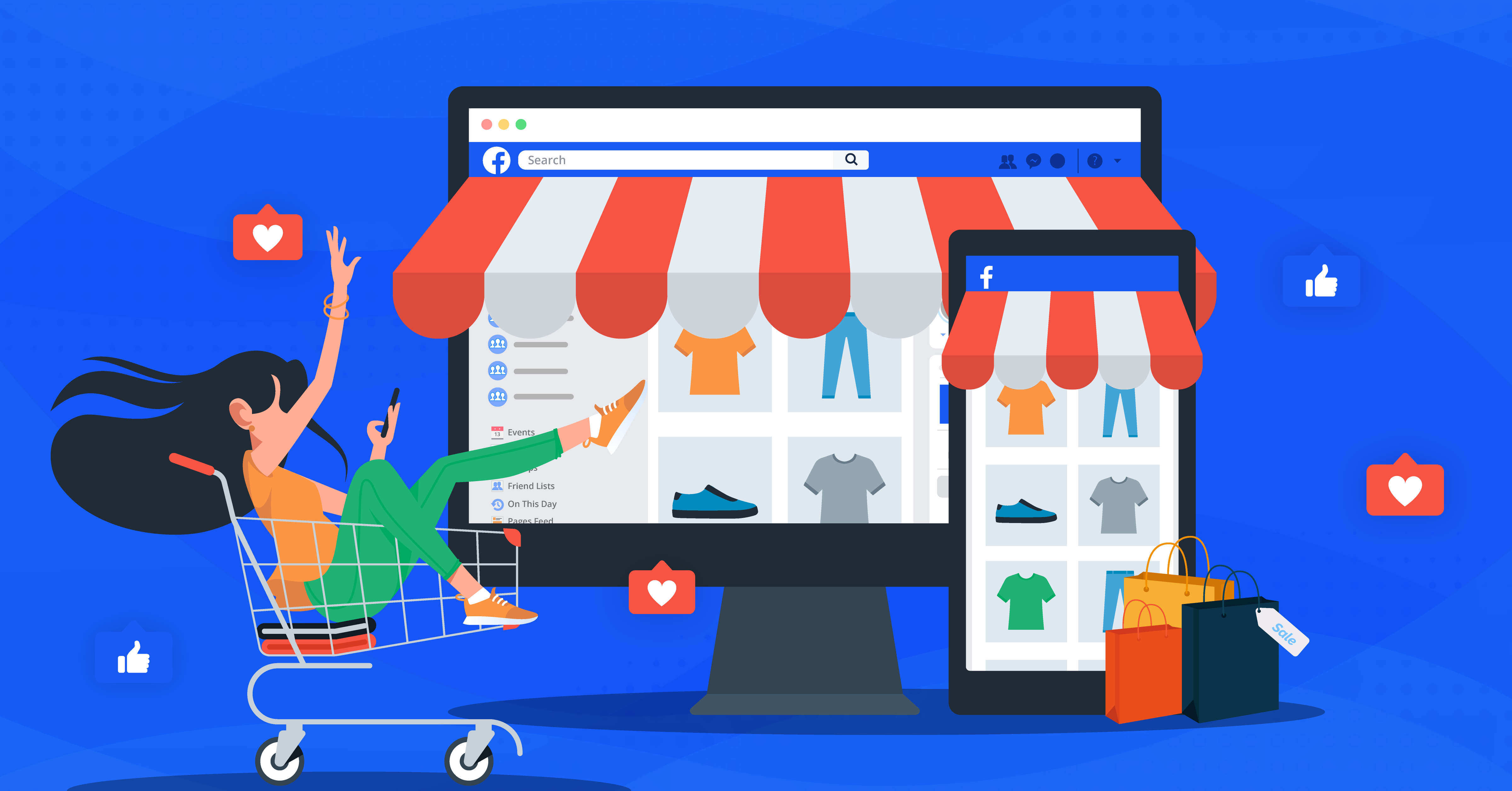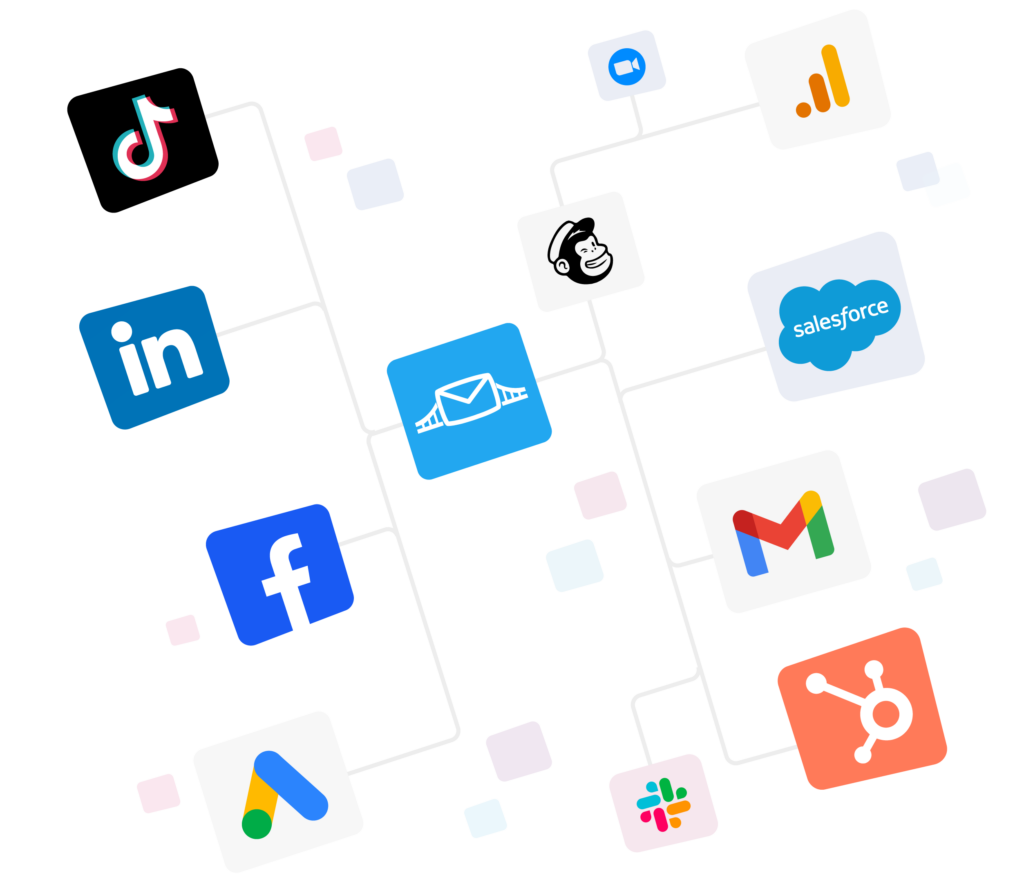
YouTube lead ads work because they combine three things that rarely show up together: massive attention, rich storytelling, and a form that’s right there when interest peaks.
The engagement process goes directly from I’m interested to click. On mobile (where most views happen), that pre-filled form is a night-and-day for conversion.
Where to start leveraging the world’s biggest video platform?
In this article, we’ll explore all things YouTube lead ads. In addition, we’ll talk about best practices and tools that can improve your behind-the-scenes advertising experience significantly. For instance, automated integrations:
What are YouTube lead ads?
YouTube lead form ads are simply Google-hosted lead forms attached to your YouTube video ads.
YouTube ads for lead generation make the top funnel processes so much easier. When someone taps the ad’s call-to-action, a form opens right on YouTube so they can submit their details without visiting your site. If they’re signed in, key fields can be pre-filled to speed things up.
These ads collect name, email, phone, and optional qualifiers you choose. Many fields can auto-populate for signed-in users to keep friction low.
Where do they show up? As part of Video campaigns (YouTube in-stream or in-feed placements).
The in-ad form itself shows on Android phones and tablets. Elsewhere, the ad behaves like a normal click-through to your landing page.
YouTube Lead Form Ads available in YouTube video action campaigns
YouTube is one of the largest digital video platforms. With 2.7 billion monthly active users, it is a highly productive playground for advertisers. Over half of YouTube’s watch time happens on smartphones.
In fact, 64% people are more likely to buy a product after watching a video about it.
Advertising on YouTube is becoming a goldmine for businesses. It’s a budget-friendly way to drive conversions both on and off YouTube in one automated campaign.
Video lets you make the case before you ask for a click. For lead gen, two paths matter right now:
- Lead form assets on Video campaigns (in-video forms; Android mobile only)
- Demand Gen campaigns (multi-surface reach; capture leads on your landing page)
Video action campaigns are being phased out, so plan around the two options above.
What are the differences between YouTube video action campaigns and TrueView for action campaigns?
Here’s a side-by-side comparison:
- Formats: Video action campaigns combine skippable in-stream plus in-feed in one responsive ad group. YouTube TrueView campaigns were skippable in-stream only.
- Placements: Action campaigns expanded beyond the watch page to Home feed, Watch Next and Search, Shorts previews, and Google video partners. TrueView for action mainly ran on the watch page, plus video partners.
- Creative and Assets: Video action campaigns added long headlines, descriptions, and broader asset options (e.g., lead forms, sitelinks, product feeds). TrueView for action used shorter CTA and headline overlays.
- Structure: Action campaigns use responsive, multi-format ad groups; the YouTube TrueView campaign used standard, single-format ad groups.
TrueView for action was auto-upgraded to video action campaigns in 2022. In 2025, Action campaigns are being upgraded to Demand Gen.
New video action campaign creation was removed in April 2025 and auto-upgraded back in July 2025.
What goes into high-performing YouTube ads for lead generation?
These ads work the same way as all other Google Ads do.
So start with a concrete offer people actually want right now, including an instant quote, a calculator, a template, or a short assessment. And say exactly what they’ll get and when.
Yet, a strong YouTube lead ad shouldn’t feel like a hard sell. Take a look at the three best practices you need to keep in mind before proceeding further:
In the video, you need to earn attention fast. Hook in the first 3–5 seconds, show the outcome (not just the product), and keep captions on so it works with sound off.
Close with a direct CTA that repeats the same promise as your form headline, and consistency reduces drop-off.
Here’s a CTA example:
In your form, ask only for fields your sales team truly uses, then add one smart qualifier (budget, timeline, use case) to filter noise.
Next, include clear disclosures about data collection and privacy.
On the backend, route submissions instantly with a webhook to your CRM (and Slack if you do use it), auto-assign an owner, and trigger a short email/SMS within minutes while intent is high.
Keeping your leads hanging may cause them to lose interest. So it’s important to reach them within minutes, if not seconds.
Automated lead management is the best way to do this.
LeadsBridge offers a robust integration technology with over 380 marketing tools, such as HubSpot, ActiveCampaign, Bitrix24, and many more.
As your campaign ages, you need to analyse outcomes to see what works and what doesn’t. This includes form opens, completion rate, cost per qualified lead, and speed-to-lead.
Also, make sure to import offline conversions (MQL → SQL → revenue) so bidding learns what “good” looks like.
For control, split surfaces with channel controls in Demand Gen when you’re scaling, and in Video campaigns, keep swapping hooks, thumbnails, and first lines based on asset-level data.
Learn more about all Google Ad campaign structures here.
How to collect data from your YouTube lead ads?
You can download your Google leads via a CSV from Google Ads, send them instantly via a webhook into your CRM or marketing tools, or export them automatically via the Google Ads API.
The downside of this is that Google only keeps lead data in the UI for 30 days (and up to 60 days via API export). That’s why automation is a much safer default.
Collecting leads on YouTube via automation
As a Google Premier Partner, LeadsBridge closes that gap in your stack by connecting lead delivery into your system and feedback loops back from your CRM to Google.
This is a must-have in any Google advertising strategy.

Integrations connect your Google Ads lead form extensions (now lead form assets) to hundreds of CRMs, email platforms, and Google Sheets via secure webhooks for real-time sync.
This way, your sales team gets new submissions instantly.
That said, raw form fills add nothing to your business.
These automated data bridges continuously feed data to Google to maintain up-to-date Customer Match audiences via automatic uploads.
The net effect is faster speed-to-lead, cleaner data flow, and always-on retargeting seed audiences. As a result, you‘ll know where to focus your marketing efforts without manual CSVs.
Final thoughts
About 87% of people who discover brands on YouTube or Google feeds take action. Also, using advanced data in YouTube creative and media drives 3 times higher purchase intent.
That means YouTube creates action-ready demand.
And automation helps capture it.
LeadsBridge does this end-to-end, including real-time lead sync, conversion uploads, and always-on audience updates. All you need to do is set your automated data bridge in a few clicks.
























